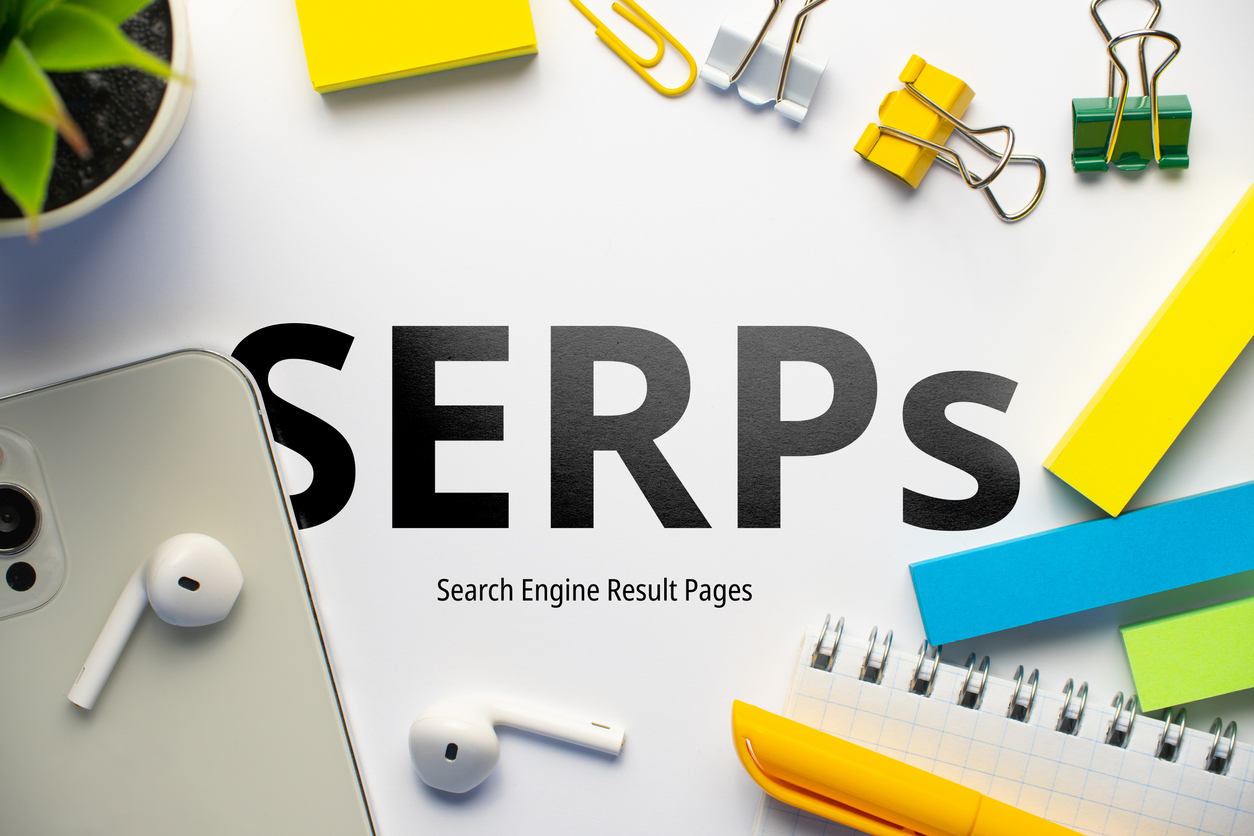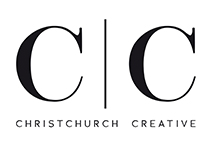When it comes to SEO, searcher intent is so important. This is because it refers to the ‘why’ behind a user’s query – what exactly are they looking for? This is not just a fascinating concept but a vital part of SEO. So, here we will explain what searcher intent really means, uncovering its significance and the role it plays in the way in which we sculpt a successful SEO strategy for our clients.
The main focus
Decoding searcher intent is the key to successful SEO, as it enables content optimisation and user experience improvement. So, understanding this involves exploring informational, navigational, transactional and commercial objectives. Crafting content that aligns with this means we need to recognise the type of topic they are looking for and optimise its format for optimal reach.
Decoding the search intent: the key to SEO success
Comprehending search intent is like getting a sneak peek at your audience’s thoughts. It involves deciphering the reasons behind a user’s search and their expected outcomes. We find this understanding forms the basis of how we create user-centric content. It also lays the foundation for successful content optimisation.
By grasping why search intent is so vital, this means we are better equipped to:
-
Craft content that aligns seamlessly with users’ needs and expectations
-
Improve user experience on their website
-
Increase organic traffic and engagement
-
Ultimately help to boost conversions and sales
Understanding search intent is a crucial aspect of our effective SEO and content marketing strategies. So, determining this aspect is an essential skill for any savvy digital copywriter.
But how do we tap into these insights? We employ a variety of methods, including analysing search engine results pages, comprehending diverse user needs, and formulating accurate content strategies to fulfil these intentions. This combination can lead to enhanced website traffic and superior content optimisation, helping us to align our content more effectively with search intent.
Understanding the four pillars of search intent

Search intent should cover four primary areas: informational, navigational, transactional and commercial. Informational intent is all about actively seeking and obtaining knowledge. Imagine searching for and obtaining information – the user is likely to be attracted to content that delivers valuable insights, ranging from expertise to advice, such as blog posts.
Navigational intent, on the other hand, signals a user’s specific search for a particular website or brand. They know their destination and are simply using the search engine to get there. Transactional intent is where the user is poised to make a purchase or perform a specific action. They’re ready to engage in a transaction, be it buying a product or signing up for a newsletter.
Lastly, commercial intent is all about research for a potential purchase. They are typically in the decision-making phase of their buyer’s journey and are weighing up their options before making a purchase.
The intersection of search intent and keyword research
The pairing of search intent and keyword research forms an ideal combination for SEO. Grasping the intent behind specific keywords allows us to understand keyword intent and:
- Generate content that perfectly matches this intent
- Analyse keywords for their search intent
- Prevent irrelevant search results
- Elevate the efficacy of our SEO strategies
Keyword research offers a window into the specific keywords and phrases that users commonly search for, helping us understand the user’s intent and create content that fits the bill. It’s this collaborative relationship between search intent and keyword research that forms the backbone of a successful SEO strategy.
Crafting content that aligns with intent

Generating content that matches the customer’s intent constructs a connection between your brand and your audience. This connection between content type, format and angle, serves as a way for your audience to reach your brand. But how do we establish this? The key is to recognise the principal type of content users are seeking and generate content that will fulfil their expectations.
But it’s not just about the type of content. The way the content is structured and presented also plays a crucial role. By optimising the format of our content, we can not only enhance the user experience but also help to improve your search engine rankings.
Lastly, the angle of our content can significantly impact user engagement. By choosing the right angle, we can ensure that our content resonates with your audience and aligns with their intent.
Content type: matching user expectations
In order to fulfil user search intent, content type is vital. Whether it’s informational, like blog posts, or transactional content like product descriptions on e-commerce platforms, the type of content we create needs to align with what the user is actively seeking.
Gaining insight into the audience’s search intent allows us to create content that resonates with their needs and expectations, leading to better user engagement and improved SEO performance.
Format matters: structuring content for optimal reach

The structure of our content is also crucial in matching user intent. The right format can enhance the user experience by making the information more predictable and easy to scan. Moreover, formatting plays a crucial role in SEO, where elements like optimised titles, meta descriptions and headers can make a significant difference.
By structuring our content effectively, we can enhance user engagement and improve your search engine rankings.
The angle of approach: engaging your target audience
Lastly, the approach angle enables us to create content that corresponds with user intent. The right angle can make all the difference between content that resonates with the audience and content that falls flat.
Understanding the unique selling point of our content and how it aligns with the needs of your audience, we create content that not only satisfies search intent but also engages your audience and boosts SEO performance.
Leveraging search engine insight on search intent

In terms of comprehending search intent, search engines, such as Google, offer some fantastic insights. Google’s algorithms have been fine-tuned over the years to understand and prioritise search intent. By analysing the user’s search query and interpreting its intent, the algorithm aims to deliver the most valuable and pertinent information, thereby impacting search rankings.
But Google’s insights go beyond its algorithms. The search engine results pages (SERPs) themselves offer a wealth of information about user intent. Features like a map of business locations and listing for businesses relevant to that search and ads, for example, can provide key insights into what the user is looking for. We look at these to gain valuable insights into the user intent behind a query and optimise your content accordingly.
Unraveling Google’s algorithms: how search intent influences rankings
Google’s algorithms analyse a multitude of factors and signals to prioritise search intent. These may include:
-
The words used in the search query
-
The relevance of the content
-
The quality and authority of the website
-
The user’s location and language preferences
-
The user’s search history and behaviour
By taking all of these elements into account, Google aims to deliver the most valuable and relevant information to whoever is using it. This focus on search intent influences rankings, as Google prioritises content that aligns with user intent and provides value to the user.
Reading between the lines: deciphering Google’s SERPs for intent clues

Google’s SERPs offer plenty of clues and can enable us to gain valuable insights into what the user is looking for. For instance, if the SERPs are filled with product pages, it’s a strong indicator that the user has transactional intent. On the other hand, if the SERPs are dominated by how-to guides and informational content, it suggests that the user is seeking information.
By deciphering these clues, we can align our content more effectively with user intent and improve your SEO strategy.
The art of optimising for search intent

Optimising for search intent is an art that involves more than just understanding what the user is looking for. It’s about creating content that:
- Meets the user’s needs
- Educates
- Informs
- Engages
Whether we construct informational content that educates or enhances visibility for navigational queries, the key is to create content that aligns with the user’s search intent and delivers value.
But how do we generate such content? The key is to comprehend the three most important parts of search intent optimisation – content type, format and angle. By identifying what users want to find, presenting information effectively and connecting with user needs, we can create content that not only satisfies search intent but also helps to enhance your overall SEO strategy.
Constructing informational content that educates
Informational content plays a crucial role in optimising for search intent. This type of content is designed to educate the user, providing them with the information they’re seeking. Whether it’s detailed blog posts or in-depth guides, informational content can demonstrate your expertise, authority and trustworthiness, helping you rank higher in search results and attract more traffic.
Enhancing visibility for navigational queries

Navigational queries, on the other hand, require a different approach. These queries are typically brand-specific, with users searching for a particular website or webpage.
By optimising our content for these branded keywords and ensuring a strong online presence, we can enhance your visibility for navigational queries and guide users directly to your website.
Content type: identifying what users want to find
Content type is the first C in our trio, as previously mentioned. Whether it’s blog posts for informational intent or product pages for transactional intent, we need to match our content type with user expectations. By understanding what users are actively seeking, we create content that resonates with their needs and expectations, leading to better user engagement and improved SEO performance.
Content format: presenting information effectively

The second C, content format, is all about presenting information effectively. From optimising titles and headers to structuring articles with heading tags, the way we format our content can significantly impact user experience and your search engine rankings.
By structuring our content effectively, we make information more predictable and easy to scan, enhancing user engagement and improving your search engine rankings.
Content angle: connecting with user needs
Finally, the third C, content angle, is about connecting with user needs. The right angle can make all the difference between content that resonates with the audience and content that falls flat. By understanding the unique selling point of our content and how it aligns with the needs of your audience, we can create content that not only satisfies search intent but also engages your audience and boosts SEO performance.
Enhancing SEO goals through strategic intent targeting

Search intent involves more than just comprehending what the user is after. It also includes bolstering our SEO objectives through strategic intent targeting. By converting insights into strategy and tracking performance based on intent, we can create a robust SEO strategy that not only meets user needs but also drives your SEO goals.
From intent to action: converting insights into strategy
To convert intent into action, we develop a strategy that targets specific search intents and aligns with your overall SEO goals. This can be done by:
-
Creating content that aligns with search queries
-
Optimising content for SEO
-
Selecting appropriate keywords
-
Conducting search intent analysis
The key is to convert our insights into strategic actions that drive our SEO goals.
Comprehensive topic coverage: satisfying user search intent

Ultimately, fulfilling user search intent revolves around extensive topic coverage. It involves generating a content ecosystem that encompasses all facets of a topic, guaranteeing that users find the information they necessitate. Whether it’s creating informational content that educates or enhancing visibility for navigational queries, the key is to create content that aligns with the user’s search intent and delivers value.
Beyond keywords: creating a clever content system
Establishing a clever content system transcends merely targeting suitable keywords. It’s about encompassing all facets of a topic and guaranteeing that users locate the information they require. By establishing this, we can ensure that we cater to all types of search intent. This comprehensive approach to content creation ensures that we meet user search intent at every level, enhancing your SEO performance and user satisfaction.
The role of long-tail keywords in full topic coverage
Long-tail keywords play a crucial role in full topic coverage. These detailed search queries target specific user intents and help strengthen our authority on a topic. We integrate these into our content to enhance topic comprehensiveness and bolster your expertise, ultimately ensuring the complete satisfaction of the user’s search intent.
Our work
In the ever-evolving landscape of SEO, search intent stands as a beacon guiding us towards success. By understanding the why behind user queries, aligning our content to match these intents, and continuously optimising our strategies, we can achieve your SEO goals.

